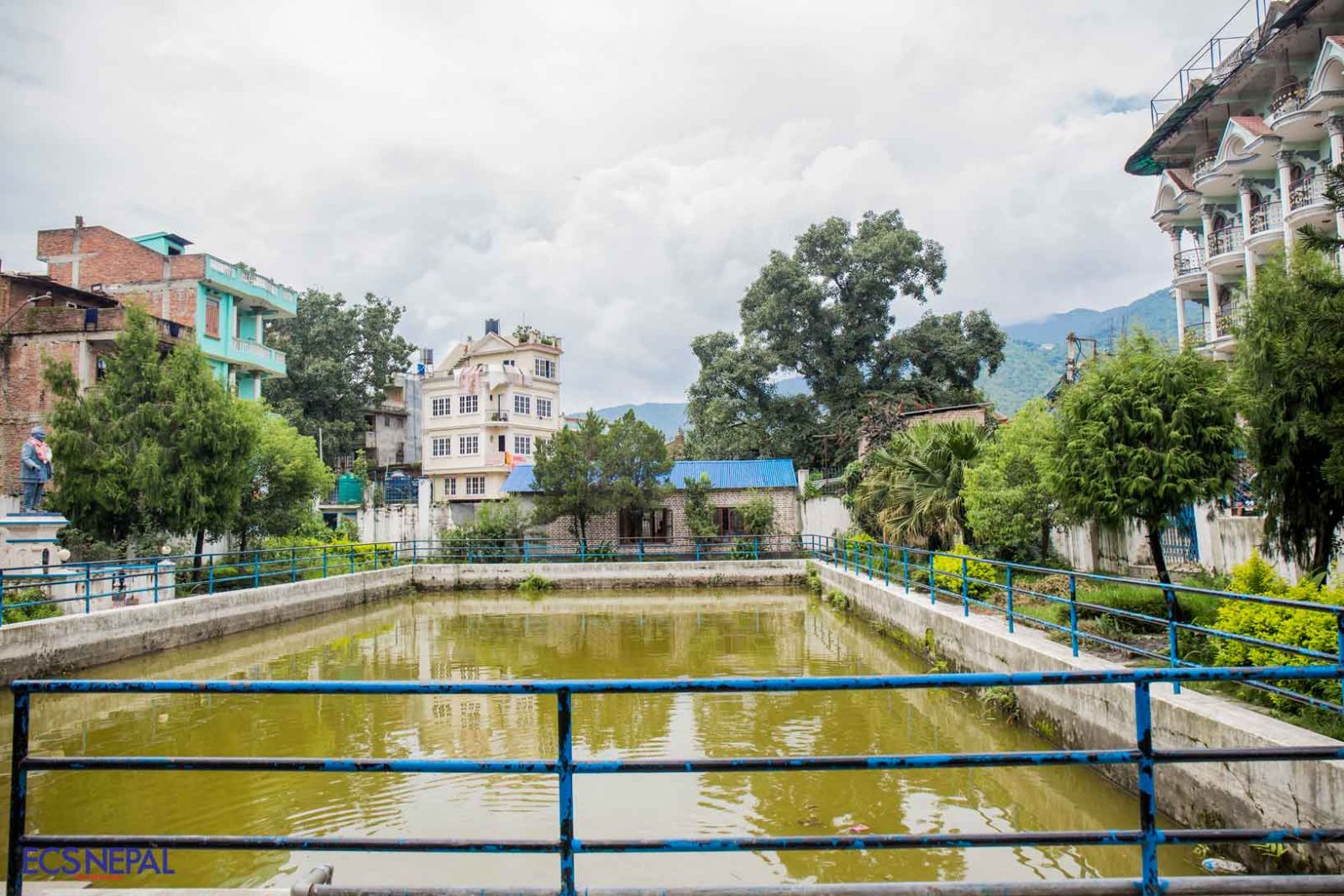A village with many significant features that make it an important landmark in terms of culture, history, and religion.
An old village with many tales wrapped within its gallies, Tokha holds historical, cultural, and religious significance. Located five kilometers from Budhanilkantha, this ancient village still holds on to its historical roots as it progresses towards modernization, with education helping in its development.
The name Tokha (orTukhya) comes from two Newari words, “Tu,”meaning sugarcane (referring to the production of chaku—a quintessential in Newari sweets such as yomari—made from raw sugarcane juice), and “khya,” meaning field. The village of Tokha once had an abundance of sugarcane, and with most of the raw materials for this delicacy available, it became renowned for its chaku,as well. The production of which was high in this agriculture-based village, especially in the winter months,since this delicacy provided heat. Some houses may still have the traditional tools to make this delicacy, though now people have adapted to more convenient methods of production.

Before the name of this village was Tokha, or Tukhya, it was first known as Jaipur, but the name changed to Laxmipur after a monk came into the village and received many goods from there. In a burst of generosity, he exclaimed that every house in the village would be blessed by Laxmi, the Hindu goddess of wealth and prosperity.
Along with delicious chaku, Tokha is also known for its many temples and festivals. To the north, we have the most well-known temple of this area, Chandeswori Temple, which is visited by many, especially during the festivals. The statue of Daxa Prajapati also holds religious importance in the area. In the south, we have the Kali and Bhairab Temples, which protect the village from any attacks from that direction. This belief came to life during ancient times, as the villagers felt safer having a higher power protect them in addition to the soldiers stationed there. Along with these temples, other shrines you can visit are Gokarneshwor, Dharmeshwor, Sapan Vinayak,and Bajrayogini, all of which are mentioned in the Hindu holy books.

Along with the many temples scattered across the village, there are also important festivals like the Bisket Jatra of Tokha. It is celebrated from Baisakh 1, the first month of the Nepali year, to Baisakh 5, to celebrate the Nepali New Year. Another interesting celebration would be the Sapan Tirtha Mela, which also occurs in the month of Baisakh (April/May). The lake at Sapan Tirtha is a collection of waters from the rivers of Dudhmati River, a white water river, and Keshabmati River, which is said to have healing properties that heal all skin ailments. So every year, people gather to bathe in the waters of Sapan Thirtha.
Along with having such religious importance, Tokha also plays a major role in the history books, as it holds an abundant and prosperous ancient background. A popular area in the Lichhavi period, Tokha once had the first central jail in the country, holding the most infamous criminals within its walls. Additional to that, Tokha has served an administrative purpose during this period, with places such as Bhootkhel, a large ground said to be haunted by ghosts, as an army training ground. Now, this area is often visited by families and groups of people for picnicking, or is used by farmers to graze their cattle, but during ancient times, this place was considered to be a source of tantric spiritual power. It is said that, in medieval times, Tokha acted as a fort against the attacks of neighboring kings, such as the attack of King Jaya Dev who had attacked the fort to loot its gold. This is shown in the geographical structure of the village itself, especially in the old habitat on the northern side of Tokha, where the Taleju Temple stands.

In addition to the many important political events that have occurred in Tokha, one of the most memorable ones would be the imprisonment of Queen Riddhi Laxmi of Parthi Bendri, who was imprisoned by her own son Bhupalendra after the issue of his father’s murder. In the context of historical battles, the Tokha court, which is now a part of the Taleju Temple, played a major role in many battles that occurred here. As a fort that has been highly sought, Tokha has seen many political disputes—from political coups to being a refugee haven to those exiled—play out throughout the course of history.
Another interesting fact about this ancient village is that it is one of the many villages that is on the Friendship Highway between Kathmandu and Tibet. This route has played an important part in the history of trade, and before the development of other roads, you couldn’t travel through this route without going through Tokha. This route still exists today, though they are many other options available, as well.

A village that has played a pivotal role, it is now slowly developing into a bustling town, with an increment in the number of settlements. Despite this, you can still see rice paddy fields and old houses as you walk along the roads. A perfect getaway from the bustle of Kathmandu, this place is best enjoyed on foot, as you can take in its charm and beauty at a leisurely pace. Even after the onset of urbanization, you will still find charms of the old habitat, with old houses and small shops still standing, and temples, ancient public water taps, and paddy fields spread throughout the village. A thing to keep in mind is that roads are still very narrow, and even though jeeps will not have much trouble, large vehicles like buses will experience some difficulty.









